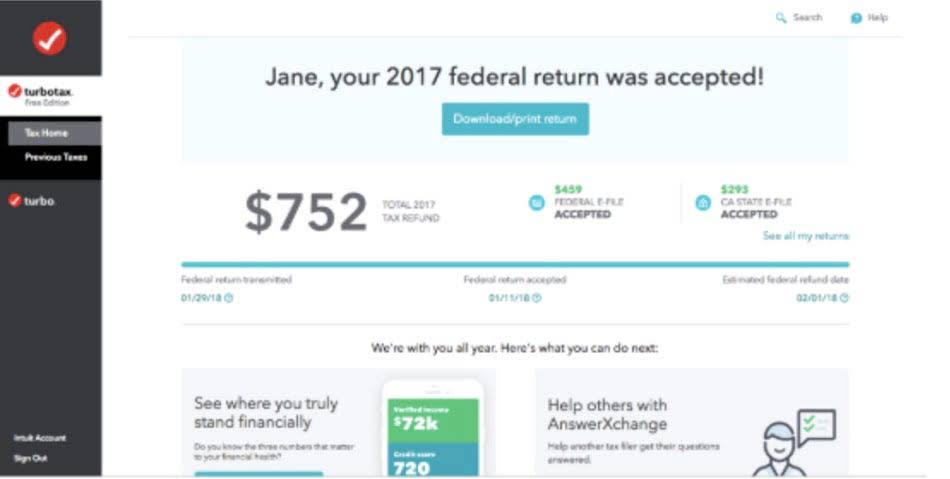
To fix this issue, the bookkeeper should review the data entry process and make sure that all accounts are entered correctly. Bank Reconciliation is the process of comparing the transactions https://www.bookstime.com/ in a company’s bank statement to the transactions in QuickBooks. When reconciling a bank account for the first time, users may notice a difference between the bank statement and QuickBooks.

Opening Balance Equity in Accounting Frameworks
Note that whether you are closing the balance equity to retained earnings or the owner’s equity, it is essentially the same concept. These equity accounts have been labeled differently in order to denote the ownership or form of a business. The main reason for a large amount in the opening balance equity account is bank reconciliation adjustments that were not done properly. Make sure the bank statement balance transaction accounts for uncleared bank checks while completing a bank reconciliation. Not closing out this account makes your balance sheet look unprofessional and can also indicate an incorrect journal entry in your books. To make adjustments or corrections, you need to create a journal entry with a debit or credit entry to the opening balance equity account, depending on the nature of the adjustment or correction.
Common mistakes to Avoid
On the left hand side of the accounting equation the assets increase by 63,500. This is matched on the right hand side by an increase in liabilities of 42,750, an increase in equity of 20,750. And depending on the nature of line items of the financial statements, the balances would either be on the credit side of the debit side of the ledger. You won’t need to connect your personal account since it’s not part of your business. Simply record the initial deposit as a deposit since it’s a money-in transaction.
AccountingTools
- This number is generated when there are unbalanced transactions in the previous term’s balance sheet.
- Auditors assess the valuation and completeness of these records, ensuring that the equity balance is reflective of the company’s true financial state at the point of transition.
- At SMB Center, we understand that small business owners have a lot on their plate.
- Opening balance equity is the account that’s created when you first set up your company’s books in accounting software.
- No need to worry because QuickBooks creates it automatically as you start setting your accounts and inserting your opening balances there.
- That being said, we can fix the opening balance by entering it of your real-life bank account.
This account is used to record the equity balance of the company as of the start date. The Opening Balance Equity account is also used to adjust the equity section of the balance sheet. If the account has a credit balance, it means that the company has more equity than it had in the previous accounting period. If the account has a debit balance, it means that the company has less equity than it had in the previous accounting period.
Vendor and Customer Balances
You get these initial balances from various sources such as your previous accounting system, bank statements, financial statements, or other records. This isn’t a major issue because it doesn’t affect income and expense, but you should transfer this amount to a properly titled equity account, like Paid-in Capital, using a journal entry. If you find yourself with an opening balance equity account at the first of the month, don’t panic. This locks your books so no one can edit your accounting data prior to the closing date.
- For instance, if the account is a personal bank account being transferred to your business, create a journal entry to debit the new account and credit the equity account Paid-in Capital.
- In QuickBooks, you might stumble upon the opening balance equity account, which can be confusing (especially if you’ve just started to work with the software) as you look at something you didn’t set up.
- During the audit, the focus is on validating the existence of assets and liabilities that contribute to the Opening Balance Equity.
- It acts as a temporary holding spot, reflecting the net value of a company’s assets minus its liabilities at the start of a new accounting period.
- However, IFRS places a strong emphasis on the presentation of financial statements that are understandable, relevant, reliable, and comparable.
This can be done by creating a journal entry to debit the inventory account and credit the opening balance equity account or vice versa. Accounts Receivable is the amount of money owed to a business by its customers. When setting up a new company file, QuickBooks will prompt users to enter the opening balances for each customer account. This account is used to record any transactions that affect the equity of the business during the initial period. These transactions could include the initial investment made by the owners, any loans taken out, or any profits or losses generated during the period.
In QuickBooks, you might stumble upon the opening balance equity account, which can be confusing (especially if you’ve just started to work with the software) as you look at something you didn’t set up. While there’s nothing to worry about, you can’t ignore it since it’s a temporary account you should close. If not closed out, this account signifies an erroneous journal entry in your QuickBooks accounting records, which results in an unprofessional-looking balance sheet. For example, if you have an asset account like a checking account, and a balance of $50 is added to accounting software, then the other account must be provided $50 to make your balance sheet balanced. If you want to adjust the opening balance of the bank account, the balance will be set to $50 temporarily.
When he’s not crunching numbers, Jason enjoys unwinding by playing guitar and piano, sharing his love for music with his wife and three kids. He’s also a computer programmer and the creator of Huskey Practice Manager, a tool designed to help streamline accounting practices. Here on the blog, Jason shares insights from his experiences in both accounting and tech. Opening Balance Equity in a subsequent year is a serious problem and can easily result in profit and loss being incorrect on the profit and loss statement. When you make a nonzero account inactive, QuickBooks will warn you that it will zero out its balance. The image below shows the warning you’ll see when you do this—and you’ll have to click the Yes, make inactive button to proceed.

The closing balance on such an account is retained and carried forward to the immediately next financial year. For future reference, check out this article on how to Change an account opening balance on a bank account. It opening balance equity meaning goes back 90 days and then it enters whatever the balance is at that time AND it reconciles that transaction (causing a whole other issue). Here is a post I wrote on logging in and connecting the bank for the first time.

Introducing streamlined cash flow and bookkeeping procedures can make sure your accounts are kept on track. The closing balance recorded in the year-end account is brought forward and is identical to the opening balance at the beginning of the next accounting period. Below are the journal accounting entries to close the opening balance equity and ensure presentable balance sheets. Another possible cause, as mentioned, is adding a new vendor or customer entry to your records, along with value balances (e.g., outstanding balances). Without corresponding entries in other accounts to offset these balances, QuickBooks may create balancing entries in the OBE account. Adding a new item to your chart of accounts – a new inventory item, a customer, or a vendor entry – may result in the appearance of the opening balance equity account.



